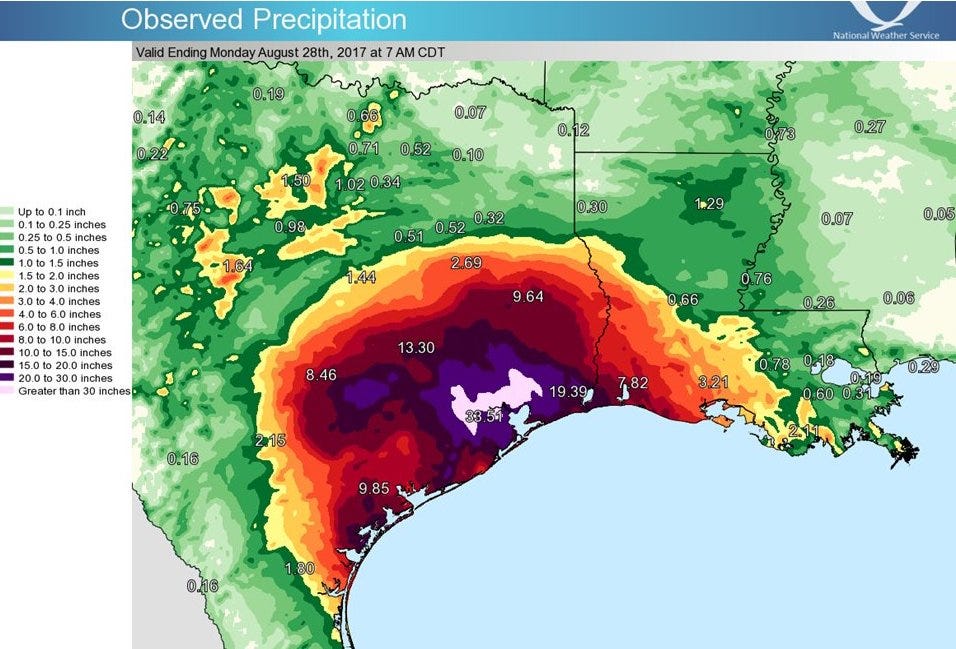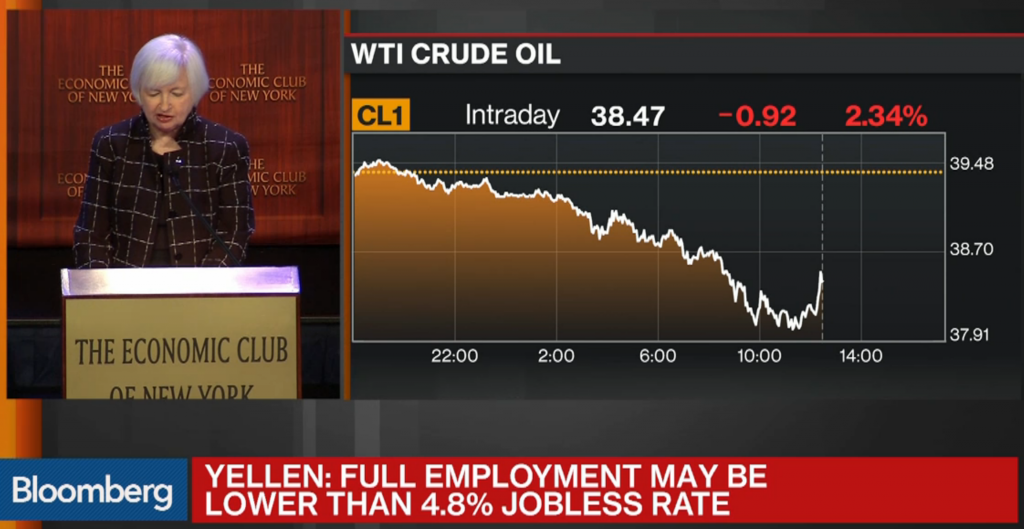A filmmaker’s delight: my favorite scene from Atlanta (Season 2, Episode 7).
Nadine: Is she real?
Darrius: Real fake.
Insightful and humorous dialog, dreamlike cinematography, beautiful in every way.
Darius (played by Lakeith Stanfield) and Nadine (Gail Bean) in this scene have opted out of the spectacular illusions assumed by their friends who have been lured as guests to a hypothetical celebrity’s mansion. The anticipated appearance of the celebrity throughout the episode keeps the audience engaged. But why should it?
The celebrity is entirely a construct of the 20th century. It coincides with the pro- liferation of electrical telepresence media, arguably fostering the emergence of person-ality cults at global scale and with near-divine prestige. Viewers today have the free-dom to choose the kings and queens they worship and adore, to fix their gaze on whomever amuses to their delight. The “celebrity” (or the “star”) embodies a lifestyle image from which needs and desires are simulated. Their image offers a portal into a lifestyle that is unattainably sought after to most working class individuals; it renders physical inaccessibility as virtually accessible. As Situationist thinker Guy Debord writes:
Being a star means specializing in the seemingly lived; the star is the object of identification with the shallow seeming life that has to compensate for the fragmented productive specializations which are actually lived.
For people in the real world who toil as construction workers, janitors, and nurses, et cetera, who “actually” live these “specializations”, the “shallow seeming life” of the celebrity in the simulated world is offered to the people of the real world in exchange for their “fragmented productive” labor. The illusion (or social contract) in its most acute form is: work hard and one day you will become a star (or at the very least get to meet one) with all their status, privileges, and lifestyle benefits. In more protracted forms, the social contract reduces to: work hard in exchange for leisurely consumption of spectacle. The celebrity presents itself as just another fetishized commodity, or personal brand, to say contemporaneously; or an idealization of an individual consumer’s mannerisms and lifestyles through brand association. So long as the celebrity produces spectacle, and therefore brand value, the relationship between the celebrity and its consumers is social capital in exchange for consumer engagement.
Debord describes spectacle as a tool for mediating social relations between people by replacing real life with images of non-real life. Jean Baudrillard’s Simulacra and Simulation (1981) takes this further and posits that in a sufficiently advanced society, image becomes more symbolically powerful than the real thing itself. In turn, the non-real simulation becomes more real than the real thing, rendering the real thing virtually meaningless. The simulation becomes “hyperreal.” A place like Disneyland for instance, says Baudrillard, exists to serve this purpose. The Bostrom hypothesis, to which Darius alludes in the scene above, entertains this prior art; and more recently, these musings have even prompted serious scientific inquiry (see: Doran, et al 2008, Beane, et al 2012, Museum of Natural History 2016). Without any distinction between the organically lived and the computationally simulated, the popular kids in class now have the tools to generate and replicate hyperreal images of themselves in their palms at the cost of just a few swipes — perhaps validating some psychosocial ramifications of these musings.
Apart from just a mind-bending thought experiment, there is a more pernicious element to simulation particularly when we examine the case when social capital transforms into political capital. Again invoking Debord:
In one case state power personalizes itself as a pseudo-star; in another a star of consumption gets elected as a pseudo-power over the lived.
And so by this transformation, the modern politician assumes many of the same attributes as the modern celebrity. In order to accrue and maintain political status, the politician must manufacture symbols of him/herself for the consumption of viewers with voting power, which is analogous to the celebrity who wants to accrue and maintain social status through spectacular consumption. Due to the sheer complexity of civilization today, the modern voter is unable to process all the data points necessary to make a comprehensively informed decision, and so all unknown variables reduce to a simplified image that the politician has created for viewers. The politician can only at best offer a (miniature) simulation of society as a promise to its constituents. In effect, voters must believe a politician in the same way an audience must believe an actor.
In some cases, the simulation is a one-to-one reflection of the real, in other cases it is not. And in extreme cases, highly distorted simulations can be weaponized to propagate beliefs to the point where all decision making systems are grounded in popular falsehoods to the benefit of the celebrity politician. In all cases, just like the celebrity, the politician must stage theatrical performance for the preservation of his/her political status (viz. cult of personality).¹ As Baudrillard notes:
It is through the simulation of a narrow, conventional field of perspective in which the premises and the consequences of an act or an event can be calculated, that a political credibility can be maintained.
Popular cinema and television, rich with conventional symbols, blurs the distinction between the social and the political thus conflating social and political credibility. The greatest distortions occur when performers and politicians are substituted for one another, for social value in pursuit of celebrity.
Near the turn of the millennium, the Wachowski siblings gave us The Matrix (1999). The film became a cinematic tour de force that introduced a branch of obscure post-modern thought into our popular culture ² by posing to its viewers in a visually compelling manner: what if what we perceive as real is in actuality fake?
The story’s supporting character, Morpheus, alludes to the taoist philosopher Zhuangzi in a conversation with the lead character as he is revealed the truth for the first time:
Have you ever had a dream, Neo, that you were so sure was real? What if you weren’t able to wake from that dream? How would you know the difference from the real world and the dream world?
These ideas go as far back as ancient times. The modernists offered their remedy by appeal to rational thought. But what is different though is the climate of this high-stakes historical moment. False simulations produced by celebrity politicians for spectacular consumption among those whose thinking capacities are sufficiently subdued pose real quantifiable risks to civilization in our times.
What is clear, is that there are some individuals with power who abide by what is authentic and “real.” And others who remain locked in a Disneyland dream state who are (in the words of Darrius) “real fake.”
Beware the real fake.
¹ It should be noted that political theatrics can exist in ostensibly apolitical settings, such as managerial staff in corporate meetings, or salesmen in marketplaces, etc.
² Not to mention being the most heavily cited sci-fi reference in all of hip-hop (see
Genuius and Reddit)








